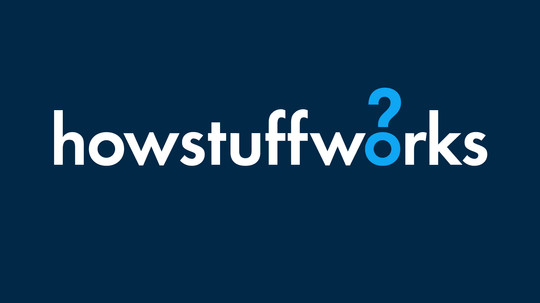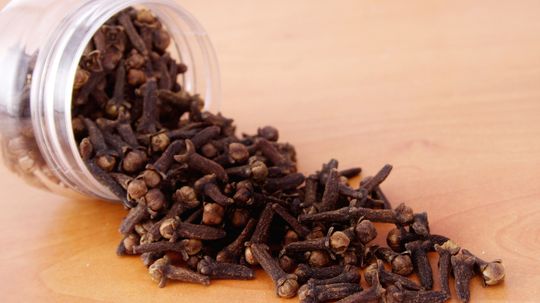Wellness
There are many approaches and countless factors that make up a persons overall wellness. HowStuffWorks has extensive coverage on the different types of natural medicine such as DIY remedies and traditional Chinese medicine.

How to Clean Retainers for Optimal Oral Health
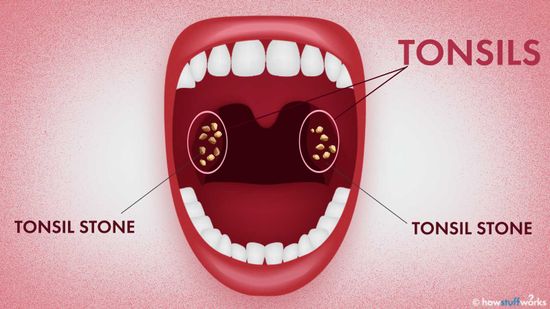
What in the World Are Tonsil Stones?
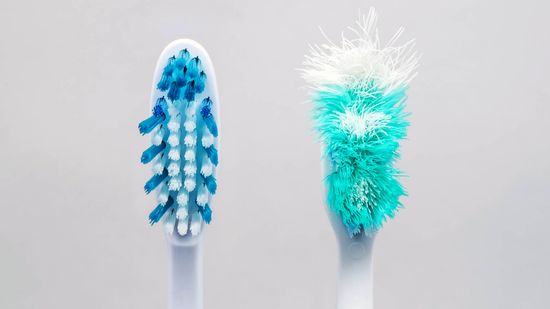
How Often Should You Replace Your Toothbrush?
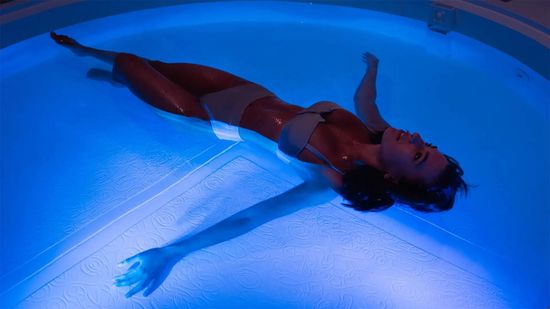
Why You May Like Floating in a Sensory Deprivation Tank
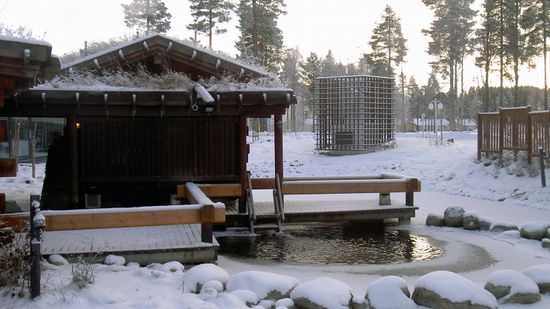
Is Cold-Shocking Your Body After a Sauna a Good Idea?
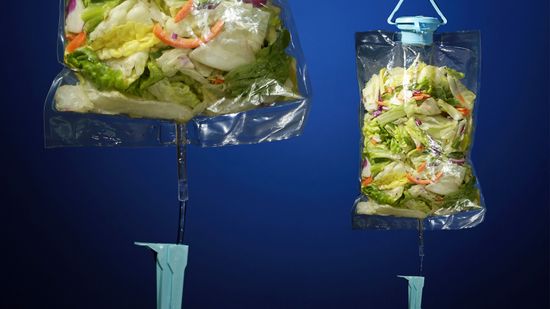
IV Drip Bars Are a Hot Trend, But Are They Safe?
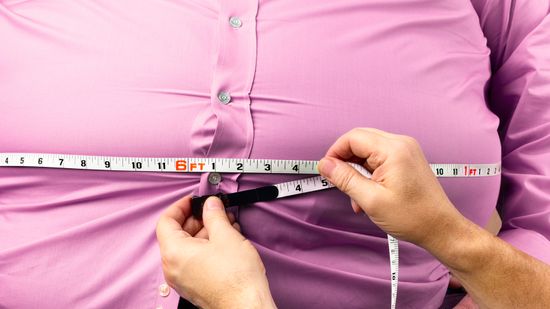
20 Most Obese Countries in the World

How Many Miles Are In 10,000 Steps?
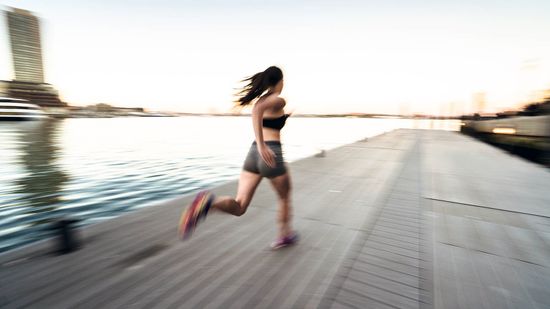
Are Minimalist Running Shoes the Key to Fewer Injuries?
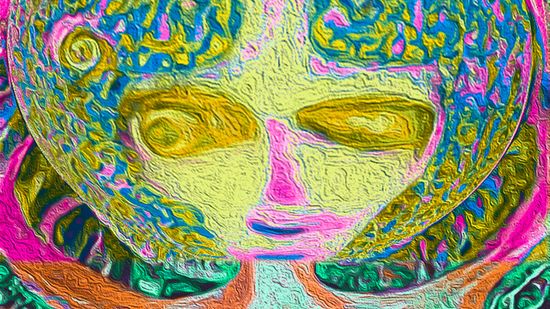
What Are DMT Elves and Who Reports Seeing Them?
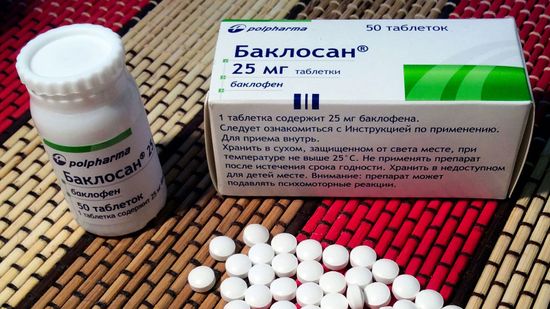
Why Anti-anxiety Drug Phenibut Is So Controversial
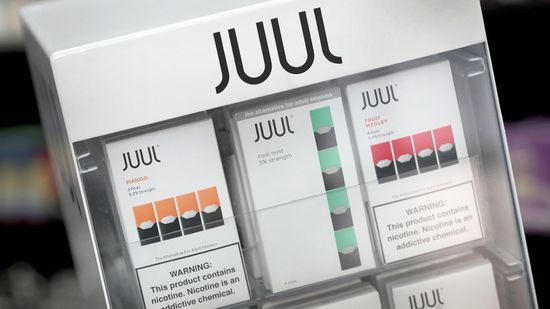
Juul 'Make the Switch' Ads Drawing Flak From Anti-tobacco Activists
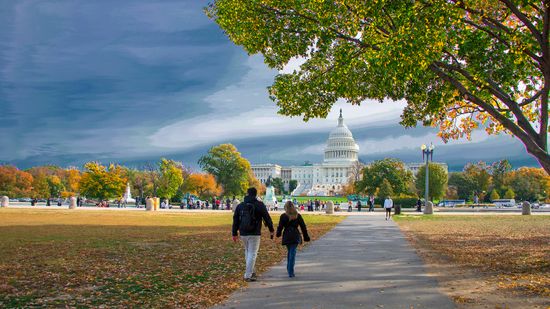
The 3 Most Walkable Cities in the U.S. Are on the East Coast
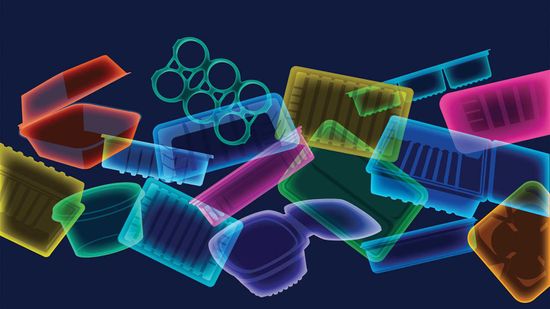
Phthalates Are Everywhere and Scientists Are Worried
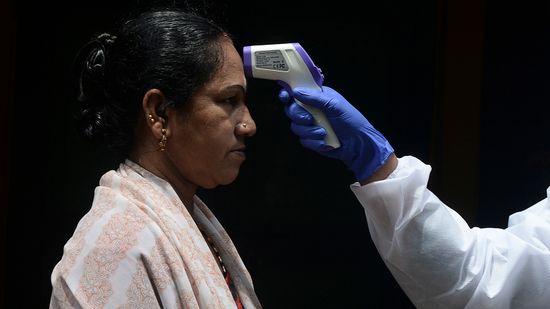
People's Bodies Now Run Cooler Than 'Normal' — Even in the Bolivian Amazon

10 Types of Magnesium Supplements You Should Know

Healthiest Bottled Water: 12 Options Available in Stores
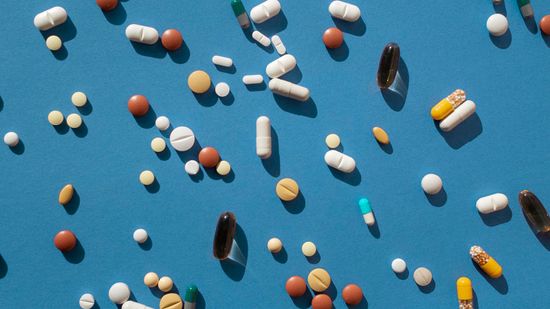
Magnesium Glycinate vs. Citrate Vitamin Supplements
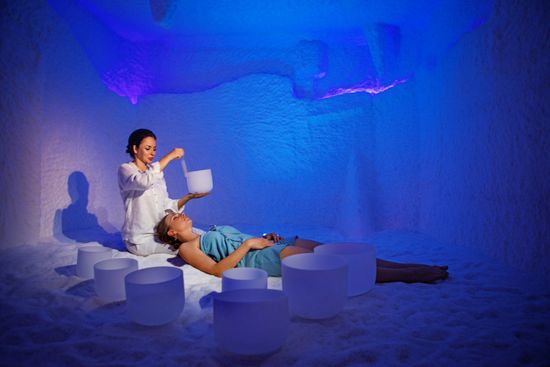
Sound Frequency Healing: The Power of Vibrations for Well-Being
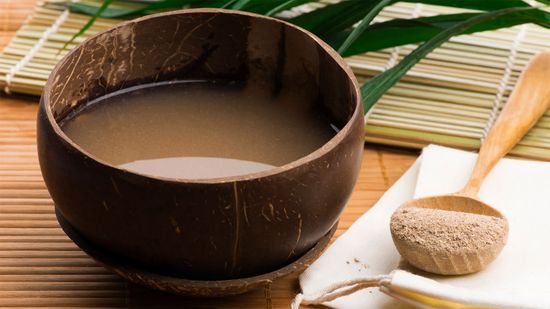
Kava Is Natural and Legal, But Is It Safe?

6 Handy Uses for Witch Hazel

Loud Films and Concerts Don't Have to Permanently Hurt Your Ears

Should Everyone Get a Monkeypox Vaccine?

Should You Get a COVID-19 Booster Shot Now or Wait Until Fall?

10 Organizations That Want to Help You Quit Smoking
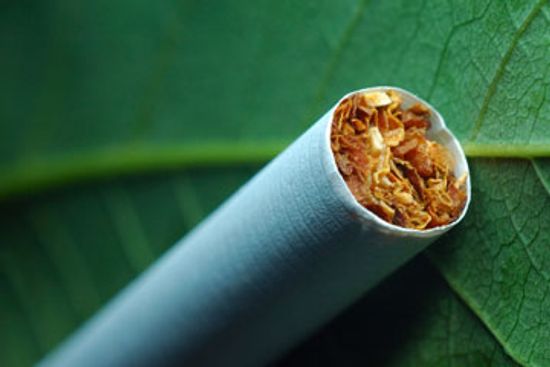
When did humans start smoking, anyway?
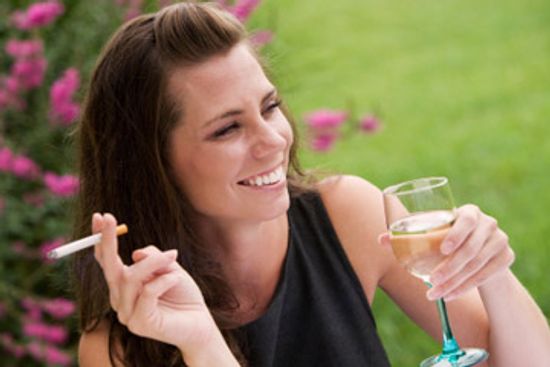
Is it really possible to be a social smoker?
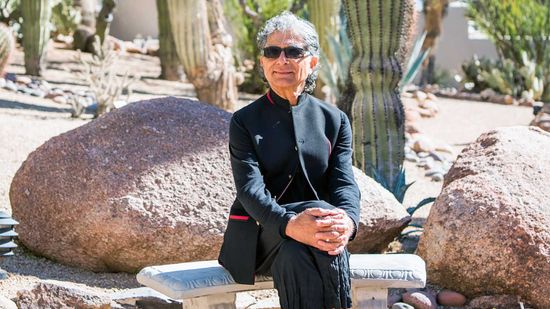
Deepak Chopra Wants Us to 'Let Go and Flow' in 2022
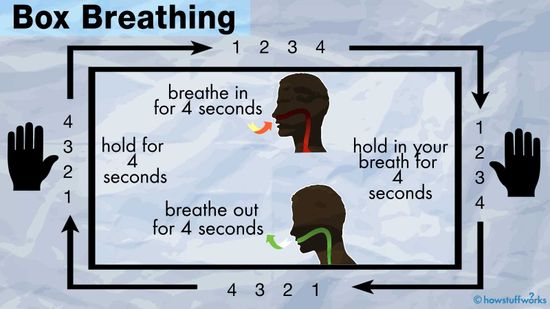
Box Breathing Could Help Curb Your Freak-out Moments

Isolation and Monotony Stress the Brain. Here's How to Cope
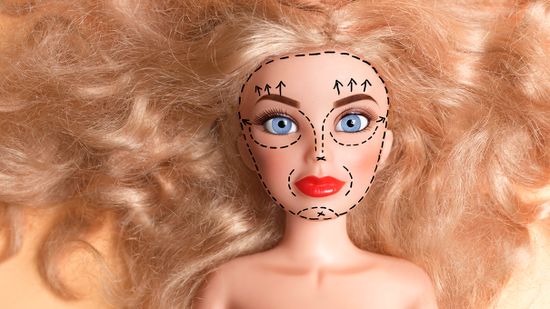
Have Most Plastic Surgeons Had Surgery Themselves?

Getting Used to a New You (How to Emotionally Recover from Cosmetic Surgery)

Smart Liposuction Overview

Who Is the Oldest Living Person? And the Oldest to Ever Live?
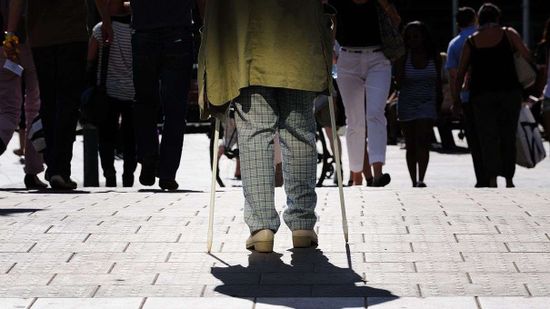
One in Six Say They'd Rather Die 'Young.' What Age Is That?

Warding Off the 'Retirement Curse'
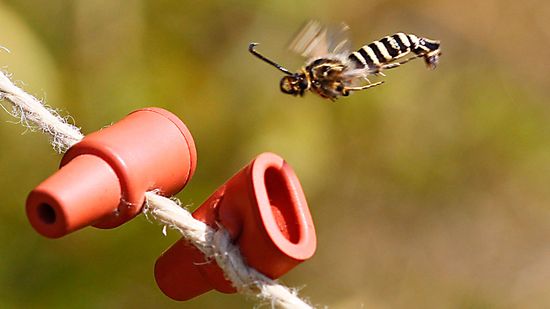
What Do Pheromones Do to People and Animals?

Man's War With Unwanted Body Hair
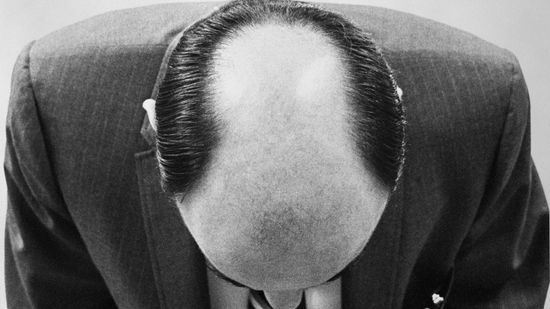
Why Aren't There More Patterns in Male Pattern Baldness?

Menstrual Leave: An Idea Whose Time Has Come?
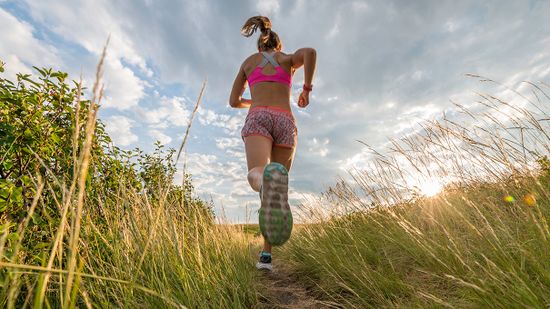
Do Too-tight Jog Bras Impair Breathing?
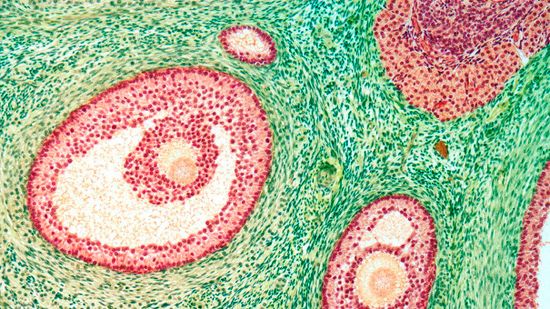
Polycystic Ovary Syndrome on the Brain
Learn More / Page 38
Working at a desk or computer screen can leave your eyes over-tired. But there are simple ways to treat eye strain with aromatherapy. Learn how to make warm or cool compresses with essential oils.
The scent and flavor known as wintergreen owes its origin to birch, which also flavors many beverages and candies. This essential oil has astringent properties and can prevent dandruff. Learn how birch is used in aromatherapy.
Wardrobes and chests made from cedarwood will repel insects. Cedarwood essential oil is known to fight acne, promote circulation, and clear mucus. Use cedarwood oil to treat insect bites. Learn how cedarwood is used in aromatherapy.
Advertisement
Chamomile is most familiar as a tea known to relax nerves, settle the stomach, and enhance appetite. This essential oil has is gentle enough to use on infants and is good for many skin ailments. Learn how chamomile is used in aromatherapy.
Cinnamon popularity as a spice has overshadowed its many healing properties. Cinnamon essential oil is used as a mental and physical stimulant. This essential oil has digestive and mood-enhancing properties. Learn how cinnamon is used in aromatherapy.
Clary sage has aromatherapy applications that enhance clarity of mind and fight depression. Clary sage essential oil flavors many beverages, candies, and clove cigarettes. Learn how clary sage is used in aromatherapy.
Cloves have many stimulating properties in aromatherapy. This essential oil has antifungal and antibiotic properties, and can soothe a teething baby's gums. Learn how clove is used in aromatherapy.
Advertisement
Cypress essential oil is great for relaxing muscles, and promoting clarity of thought. This essential oil has antiseptic and blood-stanching properties. Learn how cypress is used in aromatherapy.
Highly antiseptic eucalyptus oil has long been used to treat all manner of infections. This essential oil has antiviral and antibiotic properties, and can relieve joint pain. Learn how eucalyptus is used in aromatherapy.
Fir is well known as a popular Christmas tree. The tree and its scent were associated with rebirth. Fir essential oil has antiseptic properties and can soothe muscle pain such as rheumatism. Learn how fir is used in aromatherapy.
Frankincense essential oil is widely associated with religious ceremonies and events, and it is a valuable substance for its spiritually uplifting qualities. Learn how frankincense is used in aromatherapy.
Advertisement
Ginger is a popular sushi sidekick for a reason; it has many digestive benefits. Ginger also flavors many beverages and candies. This essential oil has anti-inflammatory properties. Learn how ginger is used in aromatherapy.
Jasmine's reputation as an aphrodisiac may overshadow its other medicinal applications. This essential oil flavors many teas and can be used as a soothing balm that promotes mental acuity. Learn how jasmine is used in aromatherapy.
Juniper berry essential oil has antiseptic properties, and can also relieve sore muscles. This essential oil has antiviral and antibiotic properties. Juniper can also combat urinary tract infections. Learn how juniper berry is used in aromatherapy.
Lavender is an ancient and popular essential oil with antiseptic properties. Lavender is also shown to improve mental acuity. This essential oil can relieve cramps and soothe muscles. Learn how lavender is used in aromatherapy.
Advertisement
It can seem like there are hundreds of diet plans to choose from. Fortunately, they boil down to just a few categories. Learn how to spot the one that's best for you.
Best known for its clean, sharp fragrance, lemon is a major ingredient in many cleaning products, beverages, cologne, medicines, and more. Learn how lemon essential oil and lemon flowers are used in aromatherapy.
Lemongrass is an important medicinal and culinary herb. Its essential oil, known for its lemon/herbal fragrance, is one of the most popular in the world. Learn how lemongrass is used in aromatherapy.
Myrrh is a spiny tree whose essential oil is distilled from its sap. Myrrh has been used since antiquity to treat a variety of skin and mouth conditions. Learn how myrrh is used in aromatherapy.
Advertisement
Breaking the peel of an orange releases its essential oil, which has a distinctive, lively scent. Learn how orange has been used in aromatherapy throughout history to enhance moods and lower blood pressure.
The heavy scent of patchouli is sensual and exotic to some, yet repellent to others. Patchouli essential oil has antidepressant, anti-inflammatory, antiseptic, and other qualities. Learn how patchouli is used in aromatherapy.
Peppermint is the most widely used essential oil. Its powerful, energizing scent is obvious in many edible and nonedible products. Learn how peppermint is used in aromatherapy as a stimulant and digestion aid.
The ancients burned fragrant rosemary branches to improve memory and purify the air. Discover the many ways in which rosemary essential oil is used in aromatherapy today -- from relieving pain to boosting energy.
Advertisement
The woody scent of sandalwood improves with age. Distilled in India from trees grown in plantations, sandalwood essential oil has been used as an aphrodisiac and a sedative. Learn how sandalwood is used in aromatherapy.
Tea tree essential oil has been called a "medicine cabinet in a bottle" due to its many healing properties, some of which are supported by traditional medicine. Learn how tea tree is used in aromatherapy.
